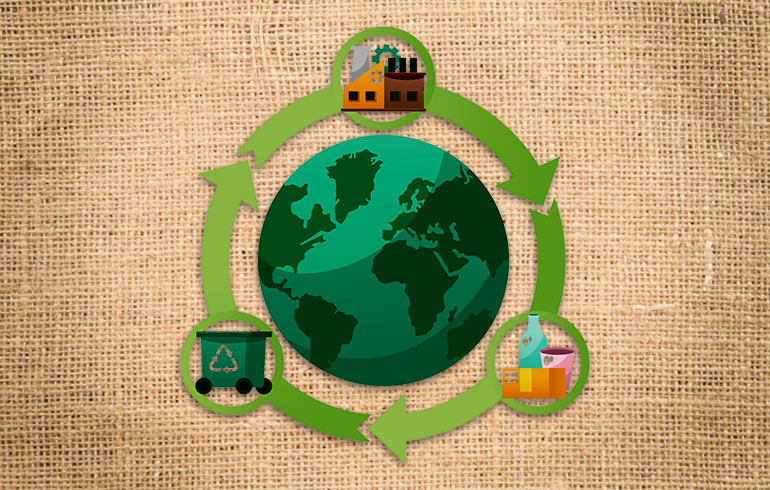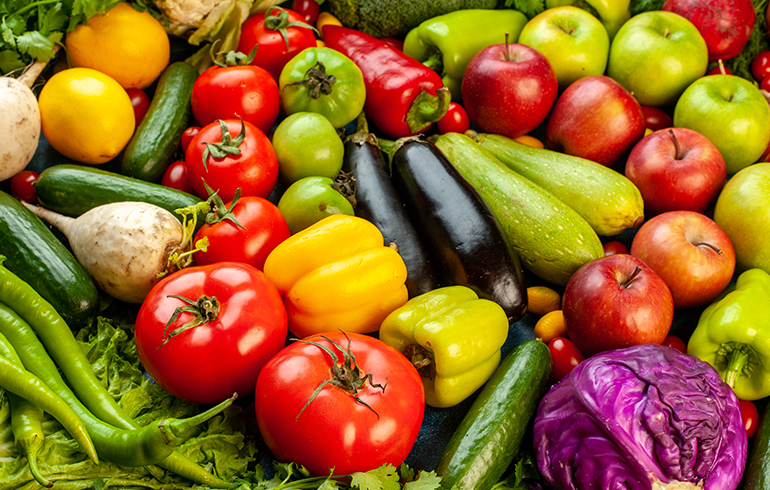
Jute - Fiber of the future

Jute - Fiber of the future
Jute is deemed to be the fiber of the future due to its eco-friendliness and versatility. It is a natural, biodegradable fiber that can be grown with no or minimal use of pesticides or fertilizers. Jute also requires much less water and land to grow compared to cotton, the dominant natural fiber. Jute has more applications ranging from geotextiles and construction materials to use in packaging and high-end fashion, making it one of the most usable materials. Jute is relatively cheap to grow, produce, and process. Last not the least, jute is emerging as a true alternative to plastics, the menace of our times.
References
References
Aleksandra Ivanovska, Jelena Lađarević, LeposavaPavun, Biljana Dojčinović, Ilija Cvijetić, DušanMijin, Mirjana Kostić, “Obtaining jute fabrics with enhanced sorption properties and “closing the loop” of their lifecycle, Industrial Crops and Products, Volume 171, 2021, 113913, ISSN 0926-6690, https://doi.org/10.1016/j.indcrop.2021.113913. (https://www.sciencedirect.com/science/article/pii/S0926669021006774)

Jute and circular economy
Jute is increasingly becoming a part of circular economy. This means that every part of the plant to the fiber as well as waste materials have utility and economic use. As a biodegradable fiber, jute and jute waste, turned into products, can effectively return to the soil when the utility of the product has run its life cycle. Jute creates a sustainable future and economy to mitigate the impact of climate change. Jute is supportive of communities that grow, produce, process, and consume it.
Abstract: The objective of this investigation was to obtain jute fabrics with enhanced sorption properties (by using simple and cost-effective alkali and oxidative modifications) and a long life cycle. The applied alkali modifications lead to hemicellulose removal and decreased the fibers’ crystallinity, both contributing to enhanced fibers’ sorption properties, i.e., water retention power and degree of fibers’ swelling up to 49 % and 70 %, respectively. A connection between cellulose polymorphs’ (cellulose I and cellulose II) contents (determined by XRD), fibers’ surface morphology (verified by FESEM), fabrics’ crimp, and capillarity of jute fabrics modified with 17.5 % NaOH was established. During the oxidative modifications, significant changes in jute fibers’ chemical composition and structure (i.e., lignin removal and more homogeneous middle lamellae) occurred which further resulted in enhanced jute fabrics’ water retention power and capillarity as well as fibers’ swelling up to 80 %, 75 %, and 54 %, compared to the raw jute, respectively. In order to move towards a circular economy and to ensure the recycling and re-use of recycled fabrics, the jute fabrics with enhanced sorption properties were evaluated as biosorbents for anthraquinone dye C. I. Acid Blue 111. The obtained results revealed that the jute fabrics’ maximum biosorption capacities for this dye ranged from 12.94 to 18.97 mg/g, while the equilibrium adsorption data were highly consistent with the Langmuir isotherm model. Moreover, based on the predicted dye pKa values, the fabric zeta potential, content of carboxyl and aldehyde groups as well as hydrogen bond intensity (determined by ATR-FTIR), a possible mechanism of the dye biosorption onto jute fabric waste was proposed. Keywords: Jute; Chemical modification; Alkali; Oxidative; Sorption properties; Capillarity
References
Aleksandra Ivanovska, Jelena Lađarević, LeposavaPavun, Biljana Dojčinović, Ilija Cvijetić, DušanMijin, Mirjana Kostić, “Obtaining jute fabrics with enhanced sorption properties and “closing the loop” of their lifecycle, Industrial Crops and Products, Volume 171, 2021, 113913, ISSN 0926-6690, https://doi.org/10.1016/j.indcrop.2021.113913. (https://www.sciencedirect.com/science/article/pii/S0926669021006774)

















